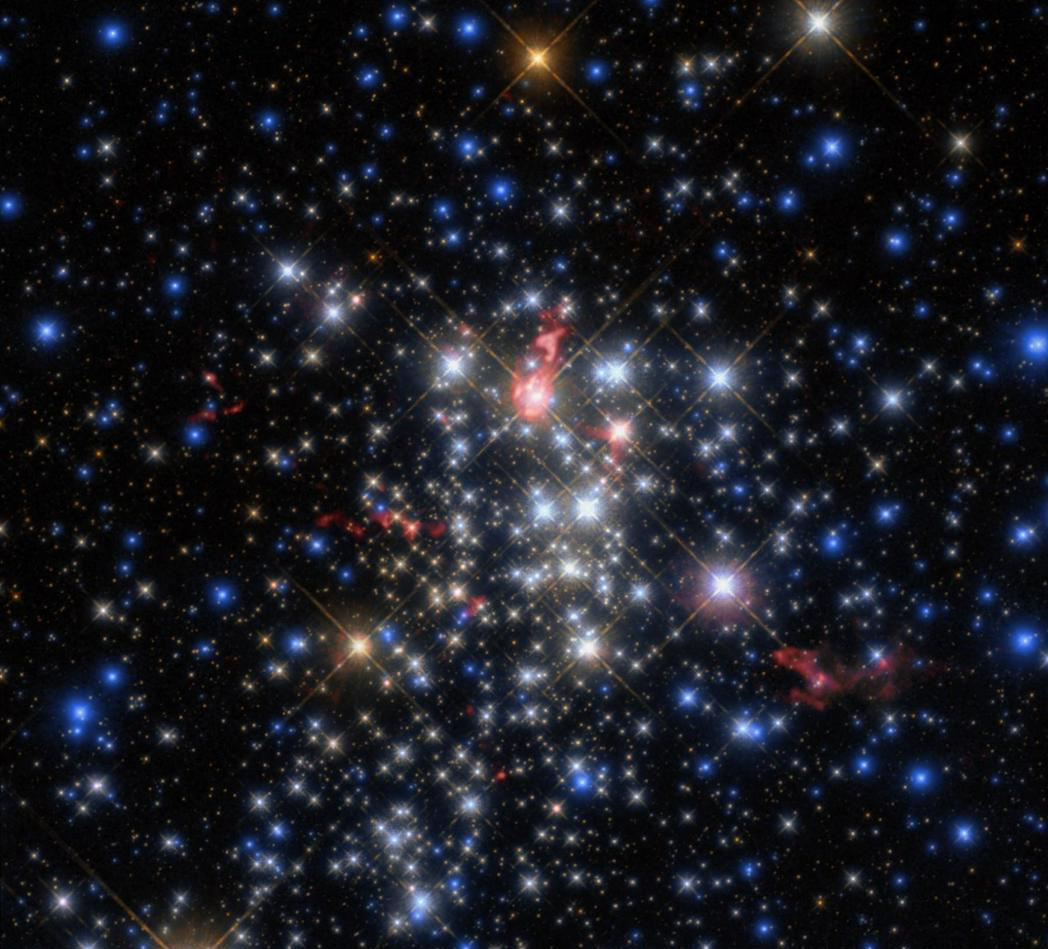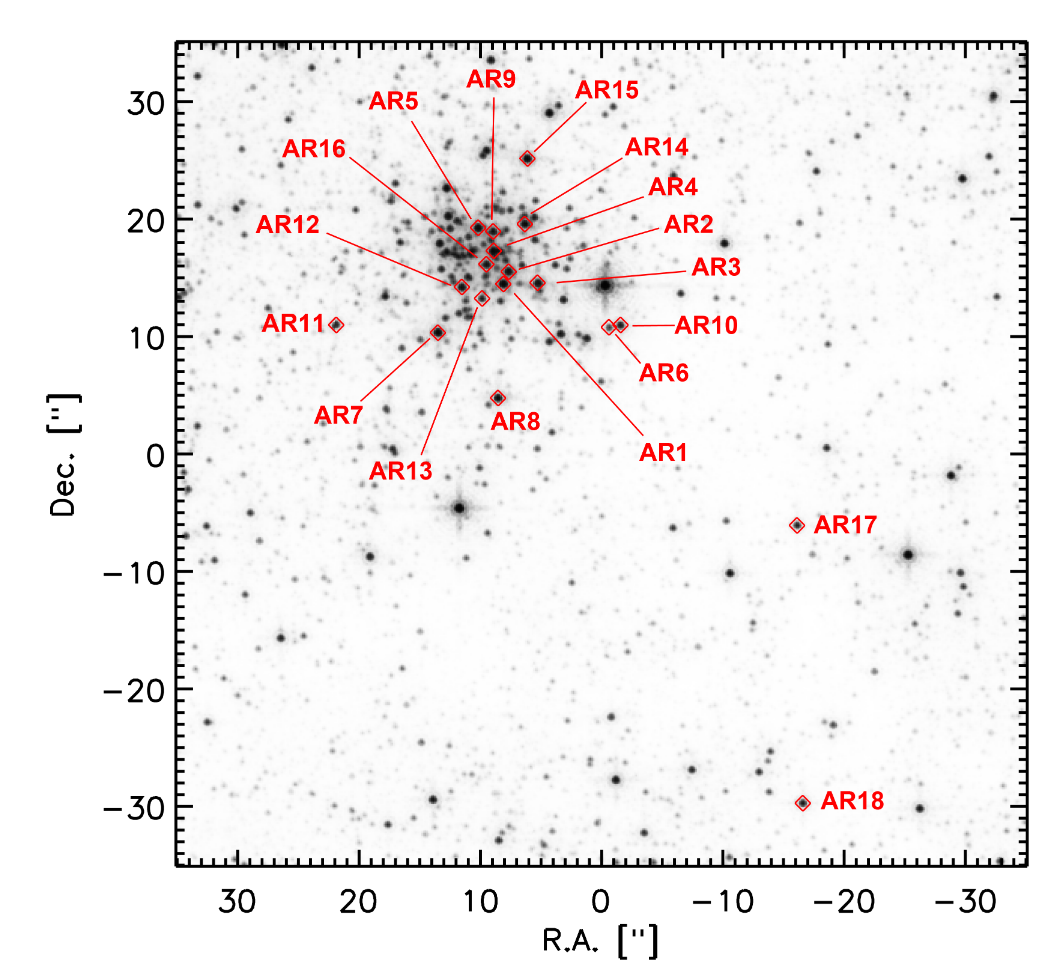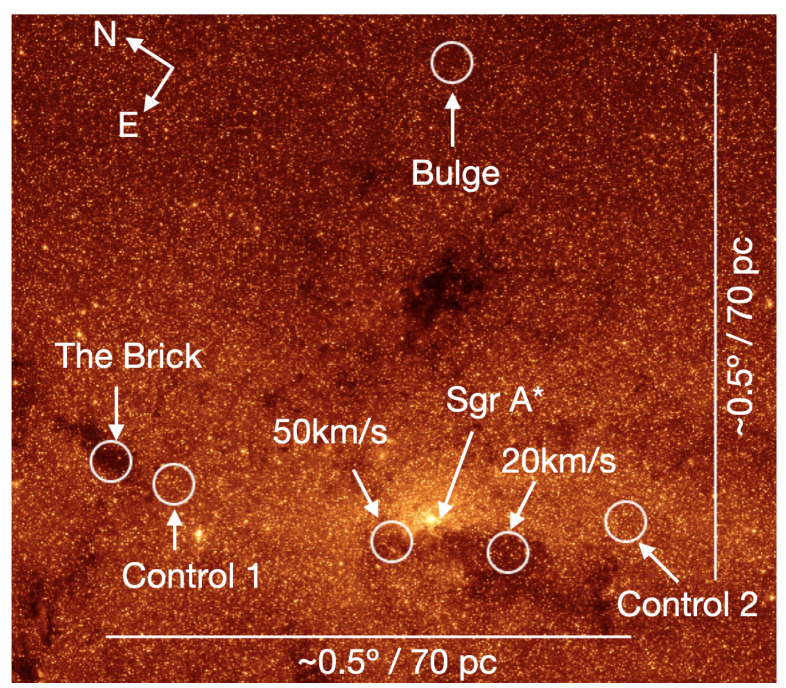Welcome to the Stellar Systems Group!
The Stellar Systems Group studies observationally resolved stellar systems in the Milky Way and the Local Group to deepen our understanding of the structure and dynamics of stellar clusters, of the physics of star formation, and of the astrophysics and formation history of the Galactic Centre.

Westerlund 1 cluster: a nursery of giant stars emerging from the darkness
The Institute of Astrophysics of Andalusia (IAA-CSIC) participates in the study of the most massive young cluster of stars in the Milky Way. This stellar swarm brings together different types of giant stars in different evolutionary phases, and constitutes a first-class laboratory for the study of the formation and evolution of massive stars
Read moreRadio observations of massive stars in the Galactic centre: The Arches Cluster
We present high-angular-resolution radio observations of the Arches cluster in the Galactic centre, one of the most massive young clusters in the Milky Way. The data were acquired in two epochs and at 6 and 10 GHz with the Karl G. Jansky Very Large Array. The rms noise reached is three to four times better than during previous observations and we have almost doubled the number of known radio stars in the cluster.
Read more

Distance to three molecular clouds in the central molecular zone
In this work, we computed the distances to three molecular clouds in the central molecular zone (CMZ), the 50 kms-1 , 20 kms-1, and the Brick clouds, and investigated their CMZ membership. We used the colour magnitude diagrams Ks versus H−Ks to compare stars detected towards the target clouds with stars detected towards three reference regions in the nuclear stellar disc (NSD) and the Galactic bulge. We used red clump (RC) stars to estimate the distance to each region.
Read moreRefereed Publications
400+
Papers
58
h-index
9,000+
Citations



